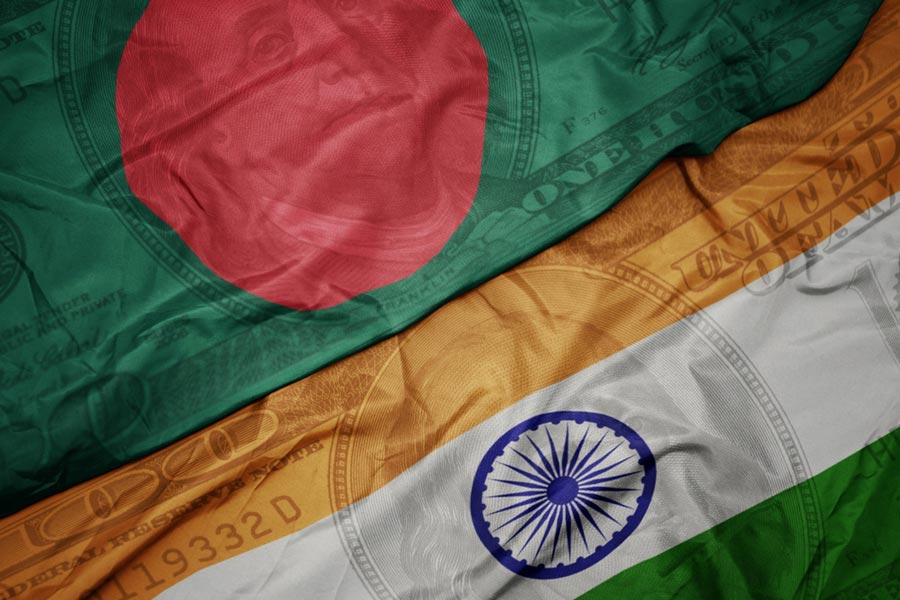The GST Council meeting on Monday is likely to strike a balance between increasing health insurance coverage in the country and potential revenue losses by reducing the 18 per cent GST rate to a reasonable level.
Some states are resisting the change as they are worried about revenue losses.
“The Council will have to strike a delicate balance between increasing health insurance coverage and ensuring adequate revenue collection,” said a senior government official.
“While reducing the GST rate would make health insurance more accessible, it could also lead to a significant drop in revenue for both the central and state governments.”
An analysis by the Council’s fitment panel, which includes revenue officials from both the central and state governments, will be submitted at the meeting following a request from the Department of Financial Services (DFS) to reduce taxes on health insurance products.
The fitment panel is likely to suggest four options before the Council: full exemption for health insurance premiums and reinsurers, which could result in a potential revenue loss of ₹3,500 crore.
The second option is exemption for senior citizens’ premiums and those with coverage up to ₹5 lakh, which may have a revenue implication of ₹2,100 crore.
Exemption limited to premiums paid by senior citizens is the third option. This will have a projected revenue impact of ₹650 crore.
The fourth option is reducing the GST rate on all health insurance services to 5 per cent without input tax credit (ITC), which could result in a revenue loss of ₹1,750 crore.
Between April 2021 and March 2024, the Centre and states collected over ₹21,000 crore in GST from health insurance premiums. In the last fiscal year alone, this figure was around ₹8,200 crore.
States get half of this revenue, meaning they would lose around ₹4,100 crore if the GST is reduced.
Additionally, states receive 41 per cent of the central GST, a further dent in their finances if the tax rate is lowered.
Even though there’s pressure to lower GST on health insurance, many states are hesitant because of the potential revenue loss.
States worry that cutting the tax could result in a major drop in revenue, now that they no longer receive compensation from the Centre.
A parliamentary committee, headed by former minister of state for finance, Jayant Sinha had observed that “several people in the country are one medical bill away from slipping into poverty.”
It said insurance products with affordable premiums and cashless settlements would encourage more people to opt for health insurance.
The panel recommended the Ayushman Bharat scheme be expanded by allowing people to opt for it on a paid basis.
It also recommended that there was a need to reduce the current 18 per cent GST rate on health and term insurance products.
According to Niti Aayog, about 30 per cent of India’s population, or around 40 crore people, don’t have any financial protection for healthcare.
This leaves many vulnerable to high medical bills.
While the Economic Survey predicts that India’s insurance coverage will rise from 3.8 per cent of GDP in 2022-23 to 4.3 per cent by 2034-35, the immediate issue of the 18 per cent GST on health insurance continues to be a burden for consumers.











